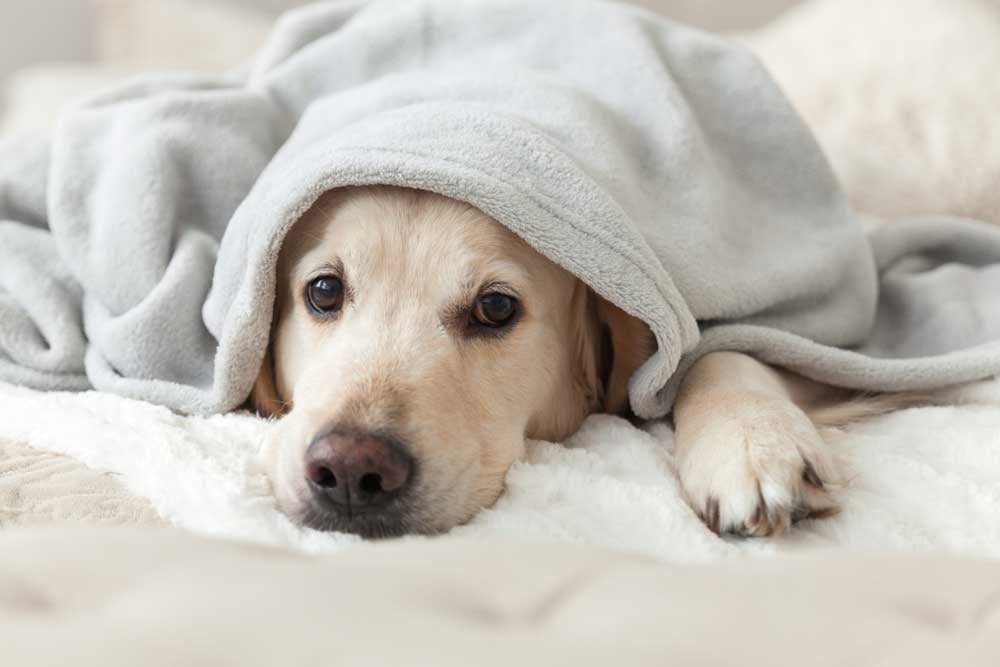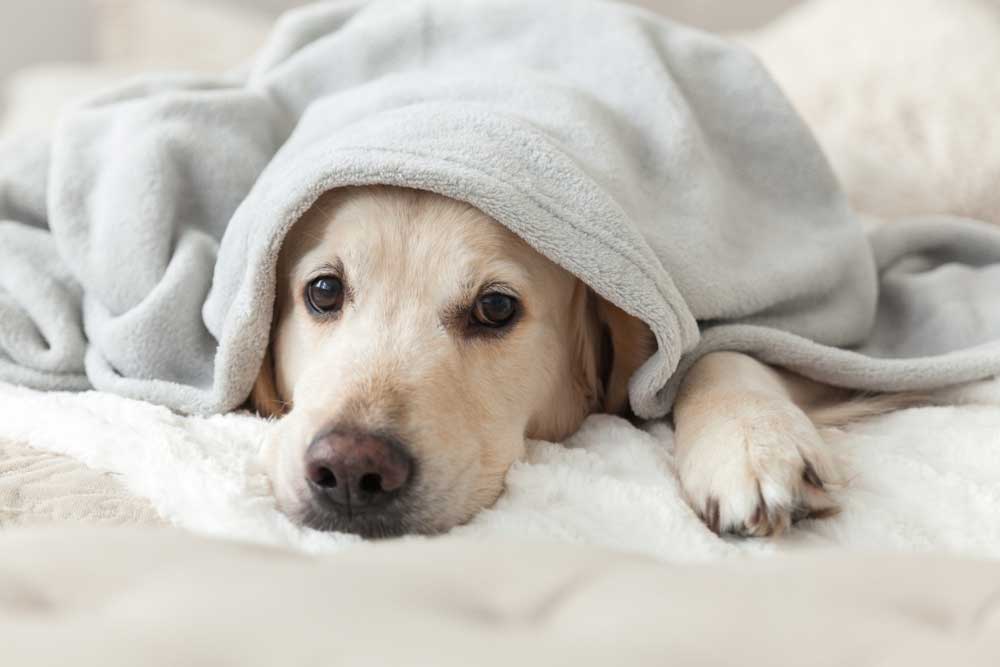Cold Weather and Varicose Veins | What You Should Know

Each winter, I receive questions about the effect of cold weather on varicose veins. While the cold weather is something most people simply tolerate as they wait expectantly for spring, frigid temperatures do have an effect on individuals with a vein condition in both positive and negative ways.
The Positive Effect of Cold on a Vein Condition
Cold weather can affect vein function in a positive way. When you are cold, the veins can constrict to reduce heat loss. When this happens, the veins' valves squeeze together and work better. This improves the function of veins in preventing the back-flow and pooling of blood in the lower legs. It will improve the effects of a vein condition, however, the effects are short-lived.
Most people don’t like to be cold. The goal is to get warm. As soon as you get warm, the circulation begins to change. The vein walls no longer constrict and get big again. The cold is removed and the veins are no longer constricted. They get warm again and relax, returning to their previous state where the valves no longer connect as they should. In fact, sometimes, once they warm up, the veins actually get bigger. You may notice this when you come in from being really cold and warm up and your legs get beat red, warm, and flush.
What we see as medical specialists is that, in the summer, when people come from the warm air outside into the air-conditioned office, their veins constrict and get smaller. The result is that we may not see the vein abnormality until they warm up again. A similar problem occurs during the treatment when, if the patient is warm and we put alcohol on their leg, it cools their leg down. They always have goosebumps, which are associated with constriction of the veins. We can see it on the ultrasound very easily.
The Negative Effects of Cold on a Vein Condition
- The dry air that is common in cold weather can lead to dry, itchy skin, which may be more noticeable on skin with visible veins. Itchy legs and feet are sometimes a symptom of a vein condition, and dry skin makes it worse.
- The tendency toward a sedentary lifestyle. People want to naturally stay inside and stay warm. They go into a modern form of hibernation, which means they don’t get outside as much. When someone is sedentary, it can lead to poor vein circulation and weight gain. The calf muscles are not activated, and this lack of movement can cause blood to pool in your lower legs. That results in leg symptoms such as swelling, aching, and fatigue. In some cases, you may even notice the appearance of spider veins or bulging blue veins in your lower legs.
Cold Weather can have positive and negative effects on the veins and symptoms of a vein condition. If you are concerned, talk with a vein care specialist.


